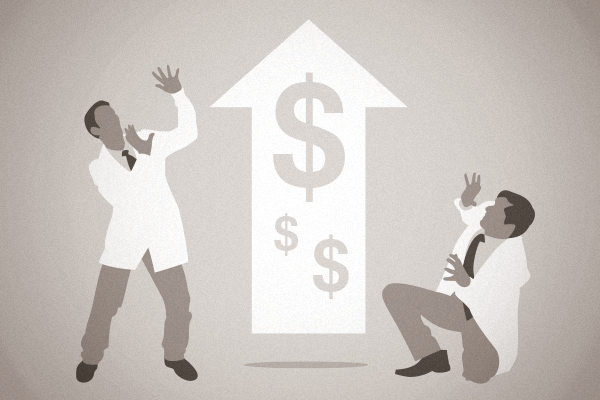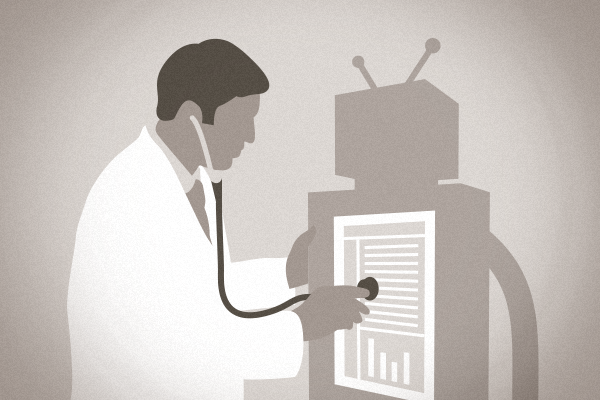David Bornstein is making a career of empowering, thought-provoking articles on the emotional state of healthcare. In his New York Times op/ed “Medicine’s Search for Meaning” he advocates that as the patient-doctor relationship vanishes, so too will the doctors. He says, “Medicine is facing a crisis, but it’s not just about money; it’s about meaning.” Adding that, “As administrative and documentation burdens have exploded in the past three decades, doctors find themselves under pressure to work as quickly as possible. Many have found that what is sacrificed is the very thing that gives meaning to the whole undertaking: the patient-doctor relationship.”
Bornstein’s piece is powerful, weighing in on the manner with which we doctors handle grief. In his opinion, med school is where the doctor burnout is first felt. Students are pushed to absurd extremes–losing sleep, and being trained to approach medicine in a distant, compassion-less manner, even reprimanded if they break down and cry in the presence of a patient. So is it okay to cry in the presence of a patient? You have to decide for yourself. However, reprimanding a student for doing so is pure Vulcan, cold. But, according to Bernstein, almost half of medical students get burned out during their education. He claims that, “medical education has been characterized as an abusive and neglectful family system.” It places unrealistic expectations on students.
Read more



